Tag: Primary Faculty
Alon Greenbaum
Post-doctoral Fellowship, Biology and Biological Engineering, California Institute of Technology
Imran Rizvi
Postdoctoral – Department of Medicine, Brigham and Women’s Hospital, Harvard Medical School; Department of Dermatology, Wellman Center for Photomedicine, Massachusetts General Hospital, Harvard Medical School
Wesley Legant
Life is animate and three-dimensional. Our lab develops tools to better understand living specimens at single molecule, cellular, and tissue level length scales. Our efforts comprise three synergistic research areas: 1) development and application of novel fluorescent imaging modalities, 2) investigation of how mechanical forces drive cell migration through complex three-dimensional environments, and 3) generation of microfabricated platforms to precisely control the cellular microenvironment.
Koji Sode
The strategic research concept of Dr.Sode’ s research lab is to discove, design and create novel molecules based on biomolecular engineering to be applied for the development of innovative biosensing technologies dedicated to the healthcare management, and novel bioprocesses based on synthetic biology approaches. Representative achievements were about the Biomolecular Engineering of enzymes for glucose monitoring for both 2nd generation and 3rd generation electrochemical biosensing systems. Currently, Sode’s lab is focusing the development of 1. Novel in situ, real-time, multi parameters biosensing systems, 2. Innovative POCT sensing systems for biomarker, 3. Novel biosensing systems for mental health care and for diabetes care, and ultimately 4. Autonomous biosensing actuators realizing smart drug delivery systems. These research topics are all based on the original and unique concept to create Biomolecules to be dedicated for the creation of Biomedical devices, being benefitted for the improvement of human health and quality of life.
Bio:
Dr. Koji SODE received B.S. in chemical engineering, M.S. in electrochemistry and PhD in engineering at Tokyo Institute of Technology (Tokyo Tech.). During his graduate student period, he engaged as a research fellow at Swiss Federal Institute of Technology, Zürich ( ETH-Z), Biotechnology Institute. He started his academic appointment as Research Associate (Assistant Prof.) at Tokyo Institute of Technology, following at the Research Center for Advanced Science and Technology, The University of Tokyo. In 1990, he was promoted as an Associated Professor, at the Department of Biotechnology and Life Science, Tokyo University of Agriculture and Technology. In 2000, he was promoted as full Professor in the Department of Biotechnology and Life Science.
During his career at Tokyo University of Agriculture and Technology, he served as Team leader of Life Science Research Group at the Institute of Global Research Innovation, Chair of the Department of Industrial Technology and Innovation, the Chair of Department of Biotechnology and Life Science, Director of Center for the Intellectual Properties and Innovations, and University Research Administration Center. He has been engaged in the variety of research projects with many pronounced international industrial partners, especially in the field of the development of novel biodevices for medical application. He also launched a start-up company, Ultizyme International Ltd., and serving as the science and technology advisor. He is the author of more than 290 peer reviewed papers and holds numerous international patents relating on biosensing technologies.
Rahima Benhabbour
Dr. Benhabbour’s research focuses on the development of novel delivery platforms and polymer-based devices that can treat or prevent a disease. Her work combines the elegance of polymer chemistry with the versatility of engineering and formulation development to design and fabricate efficient and translational delivery systems for HIV prevention and cancer treatment. The current limitations in drug delivery such as rapid drug release and limited efficacy are opportunities for breakthrough science that will impact human health. In particular, the greatest impact of Dr. Benhabbour’s technologies for HIV prevention could be in women in sub-Saharan Africa, where approximately 10,000 women are infected with HIV every day.
William Polacheck
Dr. Polacheck’s laboratory investigates the physical interactions between cells and their environment and how forces at the cellular scale contribute to tissue development, homeostasis, and disease. To study how cells sense and generate forces in living tissue, the Polacheck lab develops microfluidic technology to build microtissues in the laboratory that mimic the architecture and multicellular function of human tissues in vivo. By integrating these organ-on-chip models with genome editing, induced-pluripotent stem cell technology, and other cell and molecular biology techniques, the Polacheck lab has developed a novel approach for understanding the molecular machinery employed by cells to generate force sand to transduce forces from their environment into biological responses. The lab seeks to leverage these biological insights to inform novel drug targets for diseases in which misregulation of cellular forces contribute to pathogenesis, such vascular disease, cancer, and fibrosis. Furthermore, the lab works to translate the technology and techniques developed to build microtissues into tissue engineered therapies for organ replacement and regenerative medicine.
Brian Diekman
Dr. Diekman has established a research laboratory that utilizes regenerative medicine technologies to develop novel therapeutic approaches for osteoarthritis. One goal of the lab is to use engineered cartilage tissue as a model system to understand the mechanisms by which aging contributes to cartilage dysfunction and to screen for drugs that prevent cartilage dysfunction. The lab also uses genome editing of stem cells to investigate the genetic risk factors for osteoarthritis. In addition to experiments with cultured cells, work with rodent models allows the lab to test the feasibility of interventions designed to increase the regenerative capacity of cartilage tissue after injury.
Hatice Orun Ozturk
Improving math preparation of engineering students using online modules


